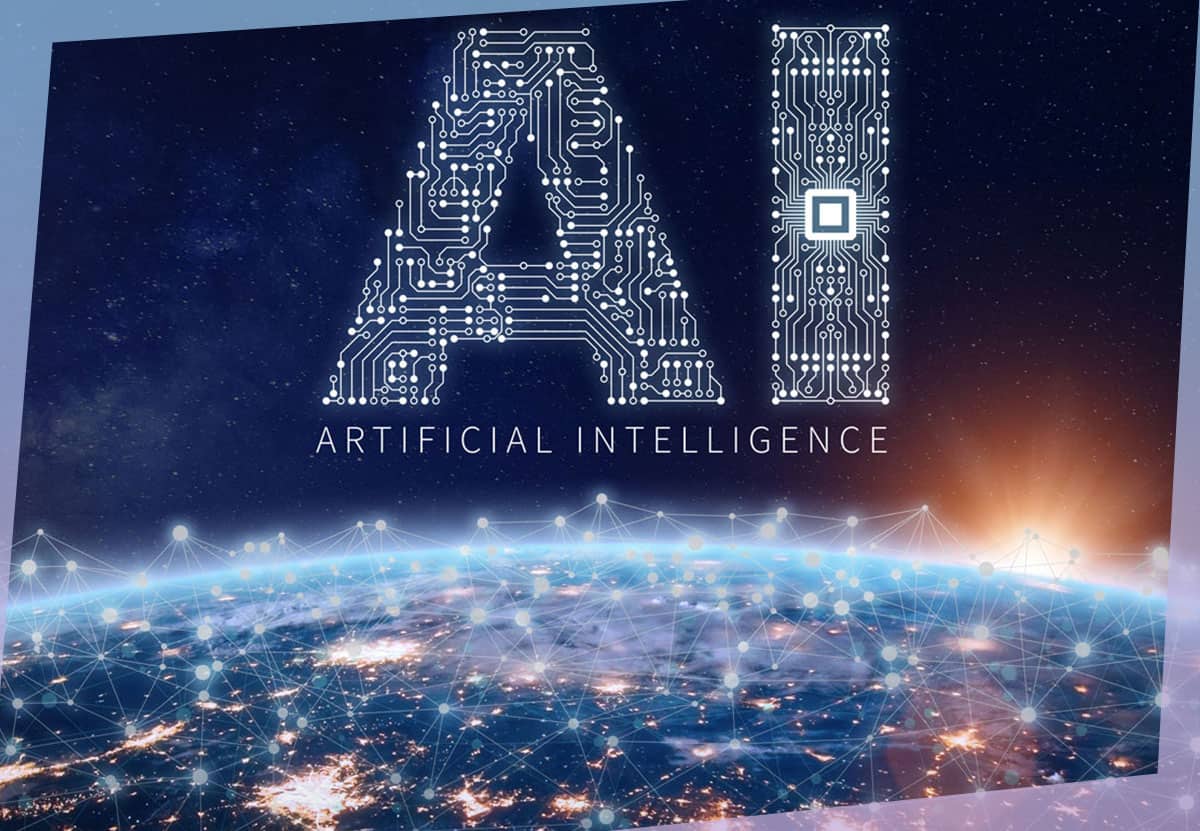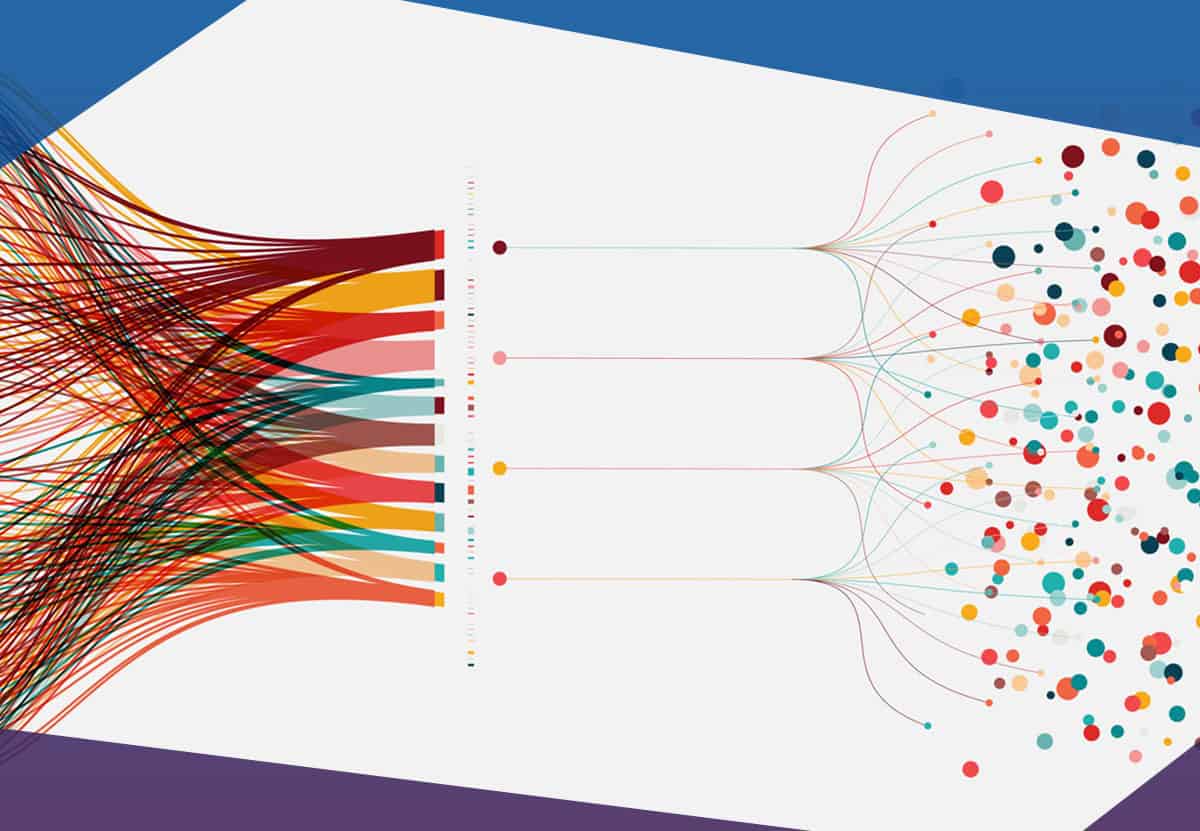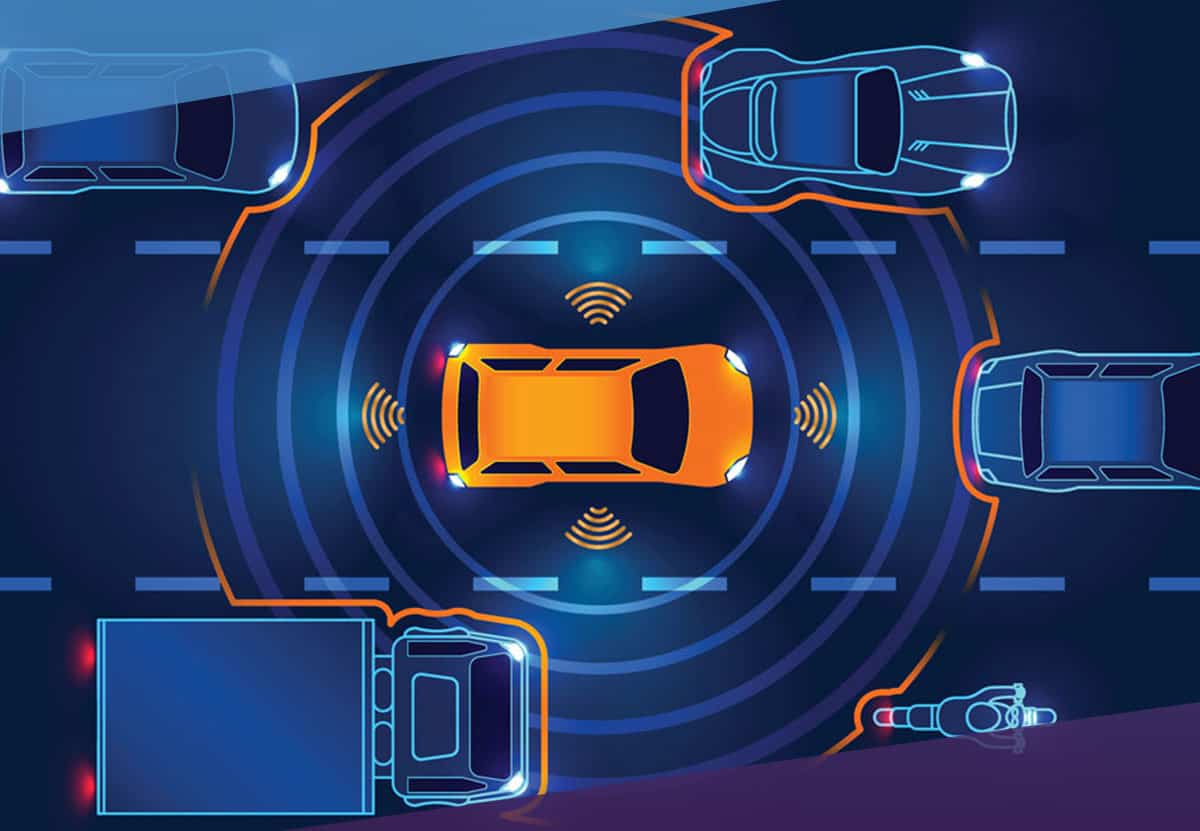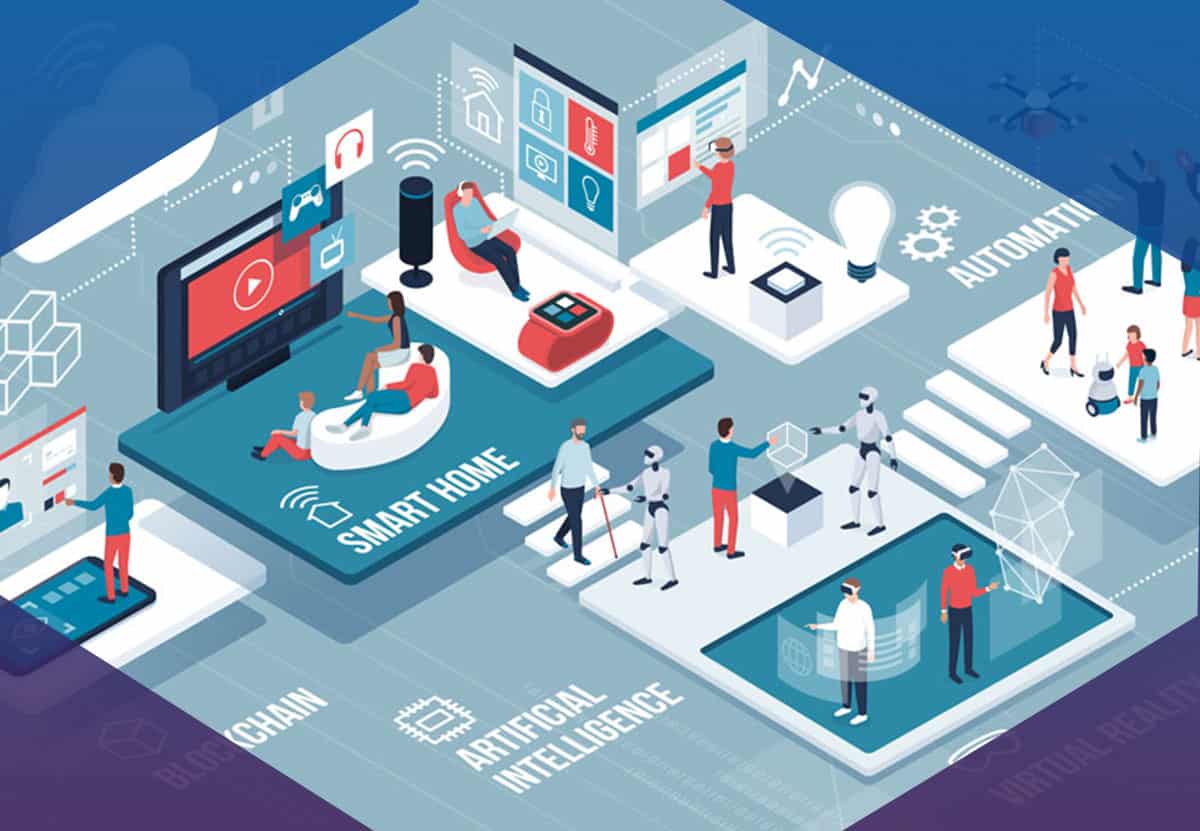AI: Are We Planting the Seeds of the Robot Uprising?

Computer technology moves at a blazing pace. Blink once and the world of tech steps forward a light year. Blink twice and suddenly what was once cutting edge is now commonplace. No day is the same in the tech world as the standards, methods, and products constantly change and improve. We’ve written previously about how […]
Quotables: Work from Home Securely With These 6 Best Practices for Remote Working (Small Business Bonfire)

Click here to read the full article! Principal Farica Chang is featured in Small Business Bonfire, a gathering place and resource for everything small business, as an expert in remote work. And read our Ultimate Guide to Secure Remote Work on our blog. Are you in need of expert IT consulting? Anderson Technologies is a […]
Quotables: Is Your Workforce Suddenly Remote? Here’s What to Know About Cybersecurity (CO by U. S. Chamber of Commerce)

Click here to read the full article! Principal Farica Chang is featured in CO by U. S. Chamber of Commerce, a resource for everything business owners need in times of national emergency and otherwise. And read our Ultimate Guide to Secure Remote Work on our blog. Are you in need of expert IT consulting? Anderson […]
Quotables: COVID-19 Have You Working at Home? Check Your Cyber Security! (Ms. Career Girl)

Click Here to Read the Full Article! Cyber security is in the news, and Anderson Technologies is offering our expertise. Principal Farica Chang is featured in Ms. Career Girl, a site providing education and tips for women at work. And read our Ultimate Guide to Secure Remote Work on our blog. Are you in need […]
Quotables: Why We Must Leave Windows 7 Behind (VAR Insights)

Click Here to Read the Full Article A timely recommendation from Anderson Technologies’ Farica Chang provides education and advice regarding the January 14, 2020 Windows 7 End of Life date. A few thousand dollars spent now is better than tens or hundreds of thousands demanded by ransomware and the loss of confidence your clients in […]
End of an Era: Saying Sayonara to Windows 7

January 14, 2020. Today marks the end of an era. As of today, Microsoft no longer offers support for its Windows 7 operating system. If you’re still hanging on to outdated hardware running Windows 7, you’ll no longer receive updates, attack countermeasures, and security patches. Your Windows 7 machines—and entire network—will be vulnerable to new […]
Robots? Working with Me? It’s More Likely Than You Think

Remember Roomba? Maybe you have one, zipping around your home, getting caught under furniture and amidst wires. That seemingly simple machine, armed with programming and dust-sucking, became seamlessly integrated in the lives of millions. But even at the height of the Roomba revolution, there wasn’t a lot of talk about smart vacuums stealing our jobs […]
Quotables: Windows 7 End of Life (E-Commerce Times)

Click here to read the full article! Mark Anderson’s expert advice is featured in E-Commerce Times, providing context for the upcoming Windows 7 End of Life date. The most visible threat to an unpatched OS is ransomware planted on your computer or network in an effort to extort money for returning your data. If you’re […]
AI: Should We Fear the Demon? (Not Yet)

The world of Artificial Intelligence (AI) may not have a more well-known figure than Elon Musk, entrepreneurial head of Tesla and SpaceX. In a 2014 interview, Musk stated: “With artificial intelligence we are summoning the demon. In all those stories where there’s the guy with the pentagram and the holy water, it’s like yeah, he’s […]
AI: The Danger of IoT Data Collection

Smart cars. Smart lights. Smart shoes… Smart… water bottle? The smart phenomenon that is the backbone of the Internet of Things (IoT) may be reaching coming-of-age. In our previous introduction to artificial intelligence (AI), we discussed how machine learning has impacted the worlds of cyber security and research by processing millions of times the information […]



